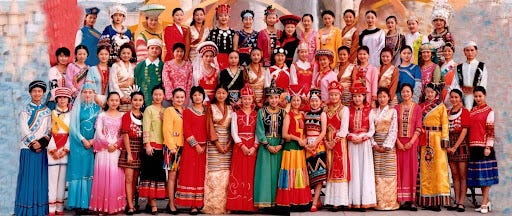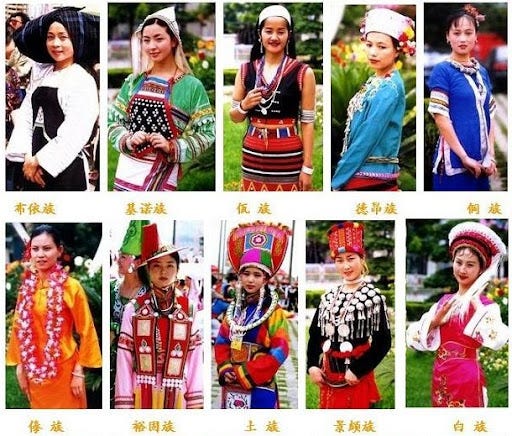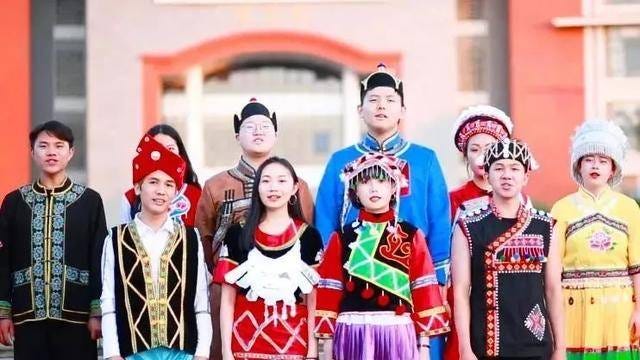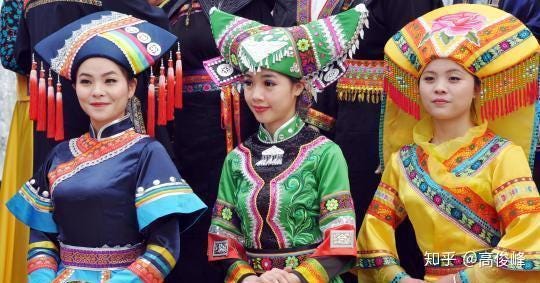In Western media and academia, a common explanation for China’s ability to organize large-scale projects or mobilize people quickly is that it’s a "homogeneous society." This idea is repeated so often that it goes unquestioned. But it’s wrong.
China is not homogenous. In fact, it’s one of the most internally diverse nations in the world.
Diversity Under Unity
China officially recognizes 56 ethnic groups, each with their own customs, languages, and even writing systems. Beyond ethnicity, the country has more than two dozen provinces, many of which speak dialects so different that people from neighboring regions cannot understand each other without a shared national language.




My dialect in Wuhan, for instance, is entirely different from Cantonese. And Cantonese sounds nothing like Uyghur. Without Mandarin, the standardized official language, there would be no way to communicate across most of China.
So how does such a fragmented linguistic and cultural landscape function as a unified state?
The answer is straightforward: intentional integration. China promotes a common language, a national curriculum, and a shared identity: Chinese. These tools don’t erase local cultures, but they provide the means for coordination, shared purpose, and national cohesion.
One Language, One Identity, By Design
Mandarin was not chosen because it’s everyone’s mother tongue. It was selected and promoted because China needed a bridge between its people. Alongside it, a unified education system reinforces civic identity from a young age: you are Chinese, not just Hunanese, Manchu, or Tibetan. You belong to something larger.
This framework allows for rapid coordination across regions, ethnicities, and dialects. It’s not a coincidence. It’s a system that was built deliberately, and it works.
Now contrast that with the United States.
Shared Language, Divided Society
The U.S. has one dominant language, English, and a reasonably standardized education system. On paper, it should be easier to unify than China. Yet culturally and politically, it’s one of the most fragmented nations on Earth.
Why?
Because in the United States, division is not an accident. It is built into the political architecture.
Engineered Division
American society is fragmented by race, class, region, culture, and ideology, and these divisions are not simply historical baggage. They are sustained and weaponized by the political system itself.
Race becomes a wedge. Religion becomes a tool. Geography becomes a battlefield. People are conditioned to see each other not as neighbors, but as threats. While this happens, wealth is increasingly concentrated at the top, and meaningful solidarity becomes harder to build.
Cultural conflict consumes the headlines. Meanwhile, basic infrastructure crumbles, public services disappear, and people lose faith in institutions.
This is not chaos. It is management by distraction.
🔥 Want to go deeper?
You’re halfway through. If you’ve found this analysis valuable, consider subscribing for the full article.
Listen to this episode with a 7-day free trial
Subscribe to Grumpy Chinese Guy to listen to this post and get 7 days of free access to the full post archives.










